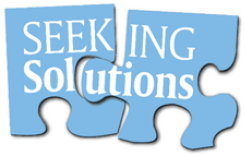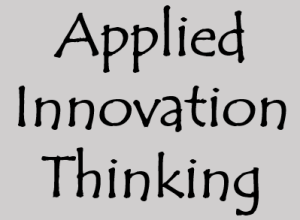![]() I would like to lay out some thoughts on why we should be considering a curation platform for innovation and the value it can bring to a broader innovation community.
I would like to lay out some thoughts on why we should be considering a curation platform for innovation and the value it can bring to a broader innovation community.
These are some opening thoughts that I felt needed to just “hang out there” and see where they take me and clearly, you as a reader.
The issue I am reflecting upon is our growing concern that we all are living in a world heading towards digital overload, with the risk of it simply overwhelming us, perhaps we are becoming more isolated and detached within this.
We can’t simply rely on focusing around ‘all things’ digital, we need people to bring the insights and their experience together for the eventual innovation solutions. We need to provide a curators platform for innovation, to make all the essential connections.
Learning is changing, are we absorbing or just simply gathering?
What can we do to solve this? Perhaps to offer a service on building a specific content platform. In this case around innovation. It has to be built on a more fluid, responsive and constant flow of knowledge. It cannot be static it has to be highly dynamic, it needs to relate to each of us specifically but be broad enough to cater for the wider community within innovation looking for innovation knowledge and understanding.
Yet what are some of the principles we need?
Continue reading “The Value of Having A Curators Platform for Innovators”



